Introduction: In the world of architectural design, translating ambitious concepts into tangible representations is the cornerstone of success. This case study delves into BlueRoad's creative journey, led by its subsidiary, Zarender, to bring to life an ambitious project—an artificial lagoon. The ultimate objective? To convincingly communicate the project's vision to the approving authorities.
The Vision Unveiled: The artificial lagoon project embarked on a quest to redefine urban spaces, merging aesthetics with functionality. The challenge was to encapsulate this vision in a way that resonated with the authorities and the public. 3D rendering emerged as the ideal solution, offering a visually immersive experience that traditional blueprints couldn't match.
The 3D Rendering Process: Zarender, armed with cutting-edge software and a team of skilled artists, embarked on the rendering process. From meticulous modelling to the intricate play of light and shadow, every detail was considered. The decision to provide both aerial and ground views was pivotal, ensuring a comprehensive understanding of the concept.
Meeting Authority Expectations: The project's success hinged on satisfying the discerning expectations of the authorities. The 3D renders played a pivotal role in this aspect. They not only met but exceeded these expectations, presenting the artificial lagoon project in a manner that was both compelling and precise.
A Closer Look at the Renders:
The Vision Unveiled: The artificial lagoon project embarked on a quest to redefine urban spaces, merging aesthetics with functionality. The challenge was to encapsulate this vision in a way that resonated with the authorities and the public. 3D rendering emerged as the ideal solution, offering a visually immersive experience that traditional blueprints couldn't match.
The 3D Rendering Process: Zarender, armed with cutting-edge software and a team of skilled artists, embarked on the rendering process. From meticulous modelling to the intricate play of light and shadow, every detail was considered. The decision to provide both aerial and ground views was pivotal, ensuring a comprehensive understanding of the concept.
Meeting Authority Expectations: The project's success hinged on satisfying the discerning expectations of the authorities. The 3D renders played a pivotal role in this aspect. They not only met but exceeded these expectations, presenting the artificial lagoon project in a manner that was both compelling and precise.
A Closer Look at the Renders:
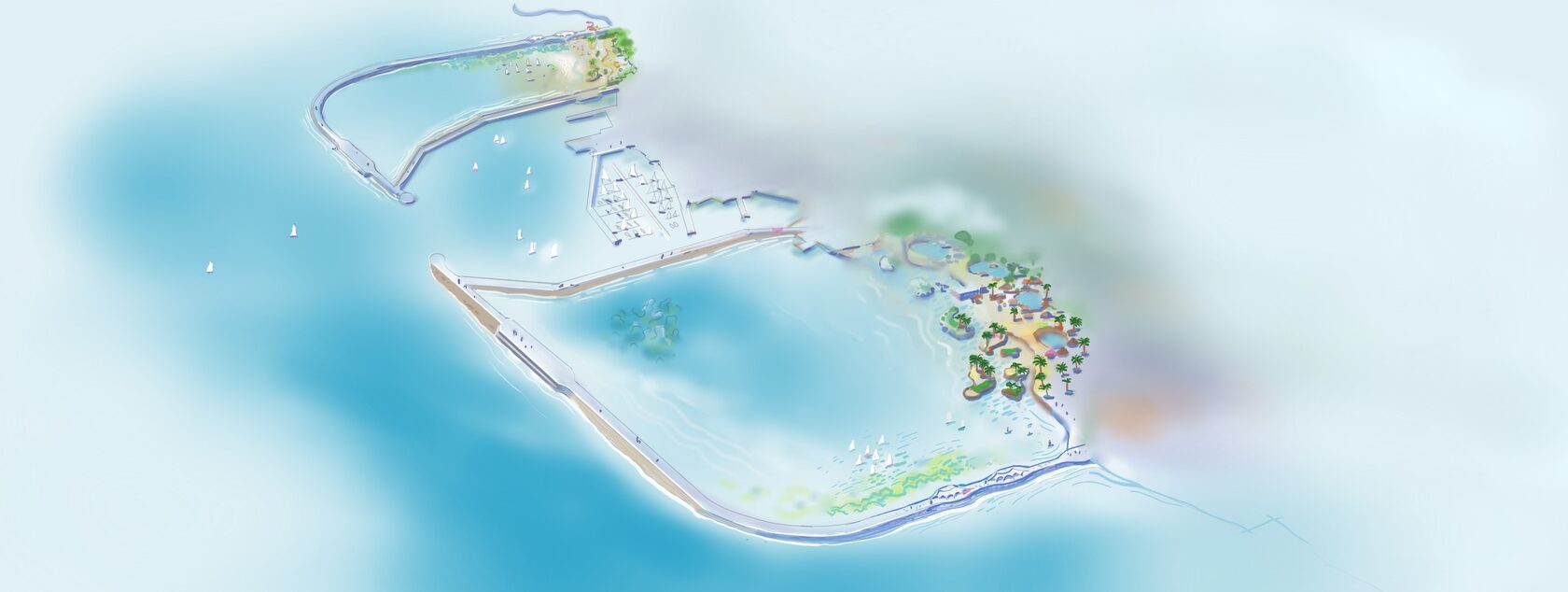
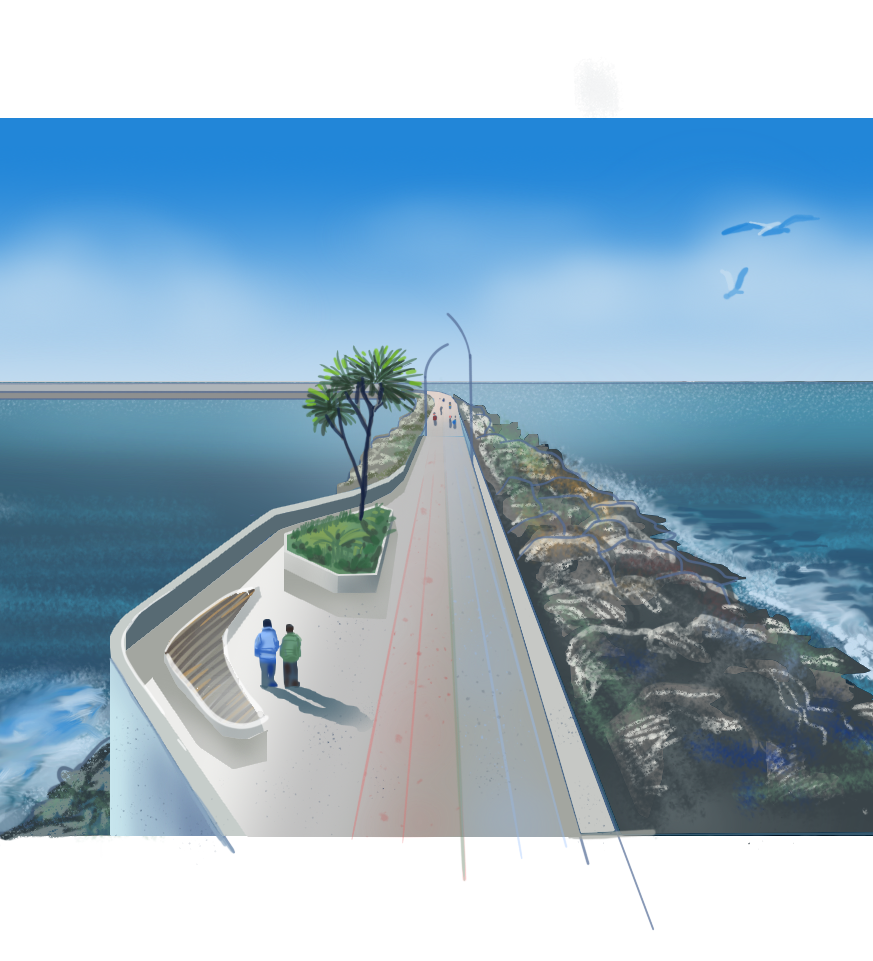
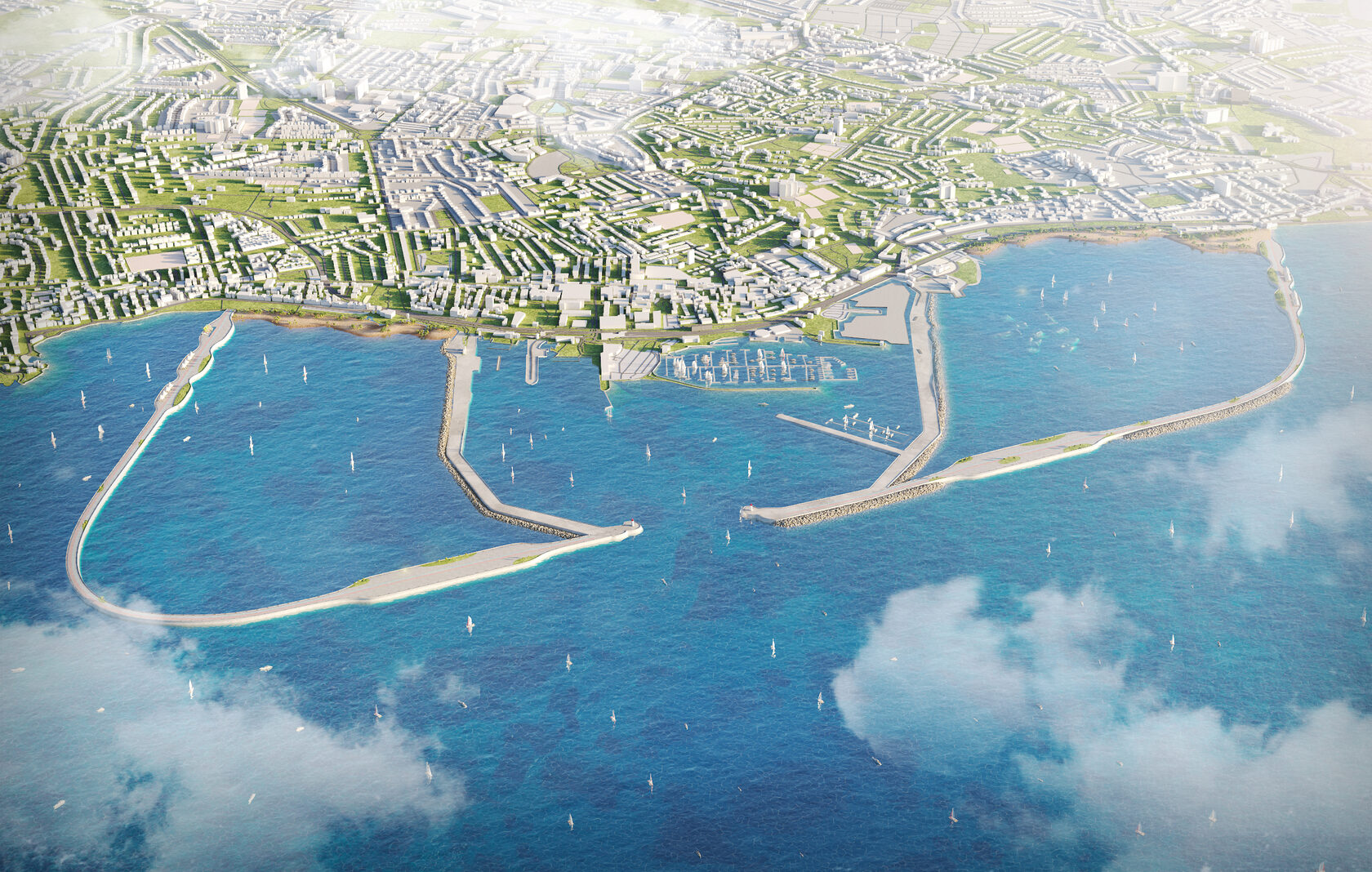

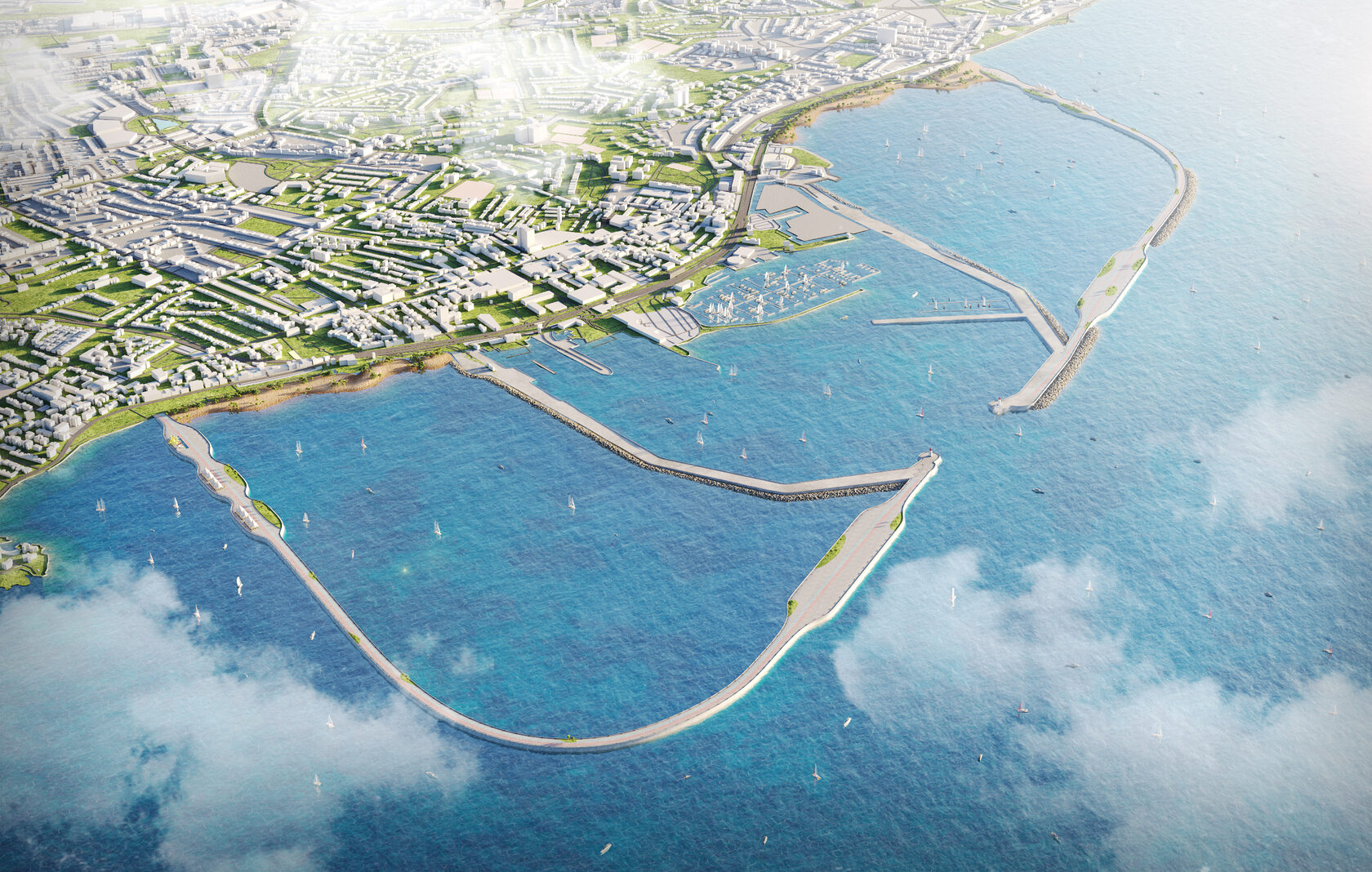
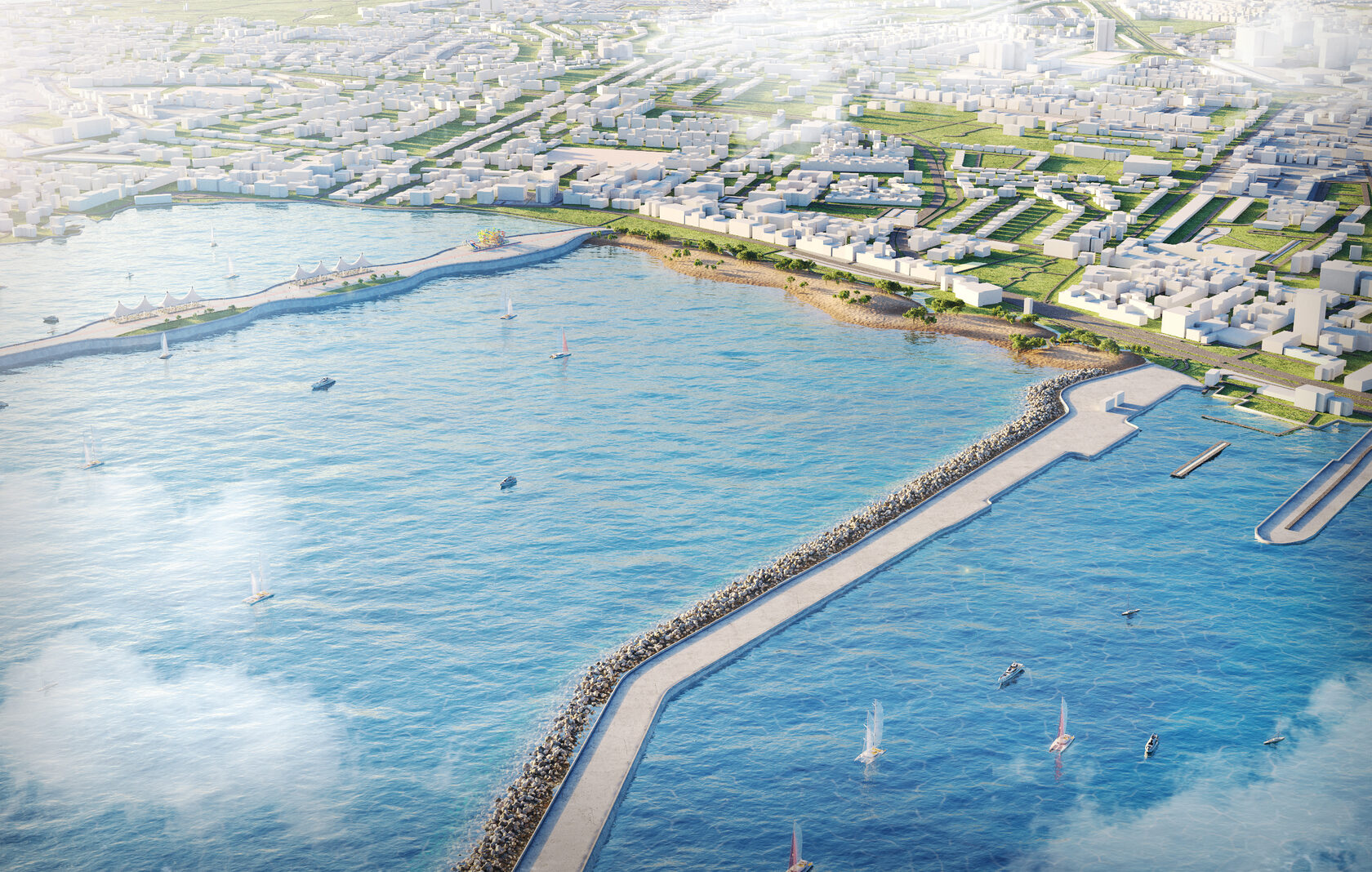
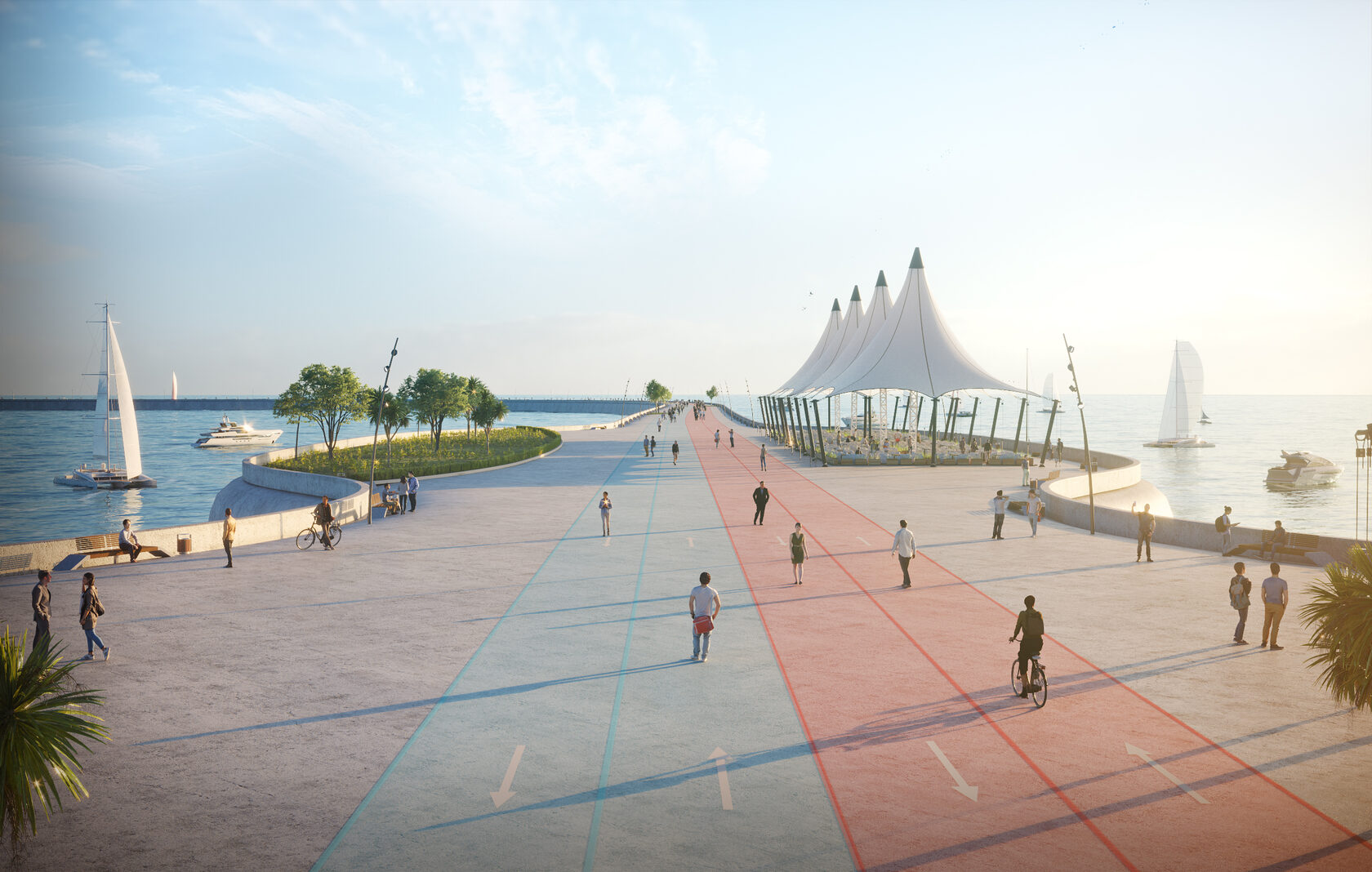
Impact and Results: The reaction of the authorities was nothing short of awe-struck. The 3D renders transcended mere visual aids; they became a bridge between imagination and reality. As a result, the project received expedited approvals, paving the way for its realization.
Conclusion: In this case study, we've witnessed the transformative power of 3D rendering in the context of the artificial lagoon project. Through BlueRoad and Zarender's unwavering dedication to detail, a dream was woven into a digital tapestry that not only met but exceeded authority expectations. The 3D renders were instrumental in turning a visionary concept into a tangible reality.
Conclusion: In this case study, we've witnessed the transformative power of 3D rendering in the context of the artificial lagoon project. Through BlueRoad and Zarender's unwavering dedication to detail, a dream was woven into a digital tapestry that not only met but exceeded authority expectations. The 3D renders were instrumental in turning a visionary concept into a tangible reality.

